2024 Tokyo Disneyland Planning Guide
Our 2024 Tokyo Disneyland & DisneySea vacation planning guide offers info for the two Disney parks, resort hotels, and ‘downtown’ district in Japan. We have tips & tricks, where to stay, how long to visit, must-eat food & snacks, best attractions, touring plans, avoiding crowds, and other things to do. (Updated December 26, 2023.)
Whether you’re eager to take your first visit to Japan or make a return visit for Tokyo Disneyland’s 40th Anniversary, we are here to help you start planning! The “Dream-Go-Round” celebration is the current big event at Tokyo Disney Resort, but far from the only thing happening or on the horizon. See What’s New & Next at Tokyo Disney Resort in 2024 for a more detailed look at what else is new and coming soon.
The next blockbuster addition is Fantasy Springs at Tokyo DisneySea, which will officially open in June 2024. That blockbuster new $2 billion expansion is the eighth themed port of call at Tokyo Disneysea, and is sure to draw massive crowds upon opening. If you’re debating when to visit, you might want to hold off until Fantasy Springs opens, as it’s the biggest expansion to any existing theme park ever.
If you do travel to Japan in the first half of the year, one consolation prize could be lower crowd levels as Japanese locals postpone visits to Tokyo Disney Resort until the new Fantasy Springs opens. We discuss the likelihood of this dynamic in When to Visit Tokyo Disneyland & DisneySea in 2024. There’s plenty of precedent for a slower first half of 2024–it’s exactly what happened when Star Wars: Galaxy’s Edge (Disney’s last colossal new land) debuted in the U.S. parks.
It’s now been over a year since Japan reopened to individual travelers. We’ve already returned to Tokyo Disney Resort to experience everything that’s new and see how the parks have changed as compared to pre-closure. Even since we were last there, a lot has changed. While Japan is still not 100% back to pre-2020 normal, it’s ‘close enough’ to the point that this should no longer matter to anyone planning a trip.
Almost all health safety policies and protocols have been abandoned. Tokyo Disney Resort has dropped all face mask rules, both indoors and outside. Most businesses in Japan have also removed plexiglass barriers and other antivirus measures. You may wonder why we’re commenting on this in a planning guide for 2024, as it’s possible this hasn’t been a daily consideration to you for a few years at this point.
However, it wasn’t until mid-2023 when Japan downgraded COVID–the country’s reopening has been much slower than the United States. Although most official policies and protocol have been abandoned, you’ll still see plenty of face masks throughout Tokyo Disney Resort and Japan, as a whole.
The percentage of people masking regularly has dropped precipitously. Although ~60% of Japanese still wear masks at least “sometimes” (per the latest NHK polling), that number is trending downward and the percentage is (ballpark) usually around one-third of people at any given time. It’s even lower in touristy places, such as theme parks.
Accordingly, you won’t be out of place if you don’t wear one. You also won’t be made to feel uncomfortable or disrespectful by not masking–it was a pretty common practice (albeit not nearly to this degree) in Japan even pre-pandemic.
More broadly, the way to think about operations at Tokyo Disney Resort is that they’re about 18-24 months behind the U.S. parks in their ‘phased reopening’ progress. This is actually the dynamic throughout Japan, not just at Tokyo Disney Resort. Staffing shortages are an ongoing issue, restaurants and retail remain closed, entertainment is reduced or modified, and more. The bottom line is that the Tokyo Disney Resort of today is still very different from the Tokyo Disney Resort of 2019.
If it’s your first visit, you probably won’t even notice this–Tokyo Disney Resort still has more (and better) entertainment than the U.S. parks. However, if you’re a repeat visitor, there are ways that the parks currently feel missing or incomplete. The good news is that this has gotten better already, and will likely continue to improve. Our hope is that things are normal again by Spring 2024.
In other positive news/updates, Tokyo Disney Resort just brought back a version of free FastPass, albeit by a different name. Check out our Guide to Priority Pass & Premier Access at Tokyo Disneyland and DisneySea for everything you need to know about the new line-skipping services.
We’ve spent a ton of time in Japan over the last decade-plus, and update this almost neurotically as we learn from our travels and research. This Tokyo DisneySea and Tokyo Disneyland Guide has been refreshed dozens of times since we first wrote it, and more will be added over time as certain parts are clarified or expanded. We are slightly obsessed fans of Tokyo Disneyland and DisneySea.
Prior to the closure, we visited Japan multiple times per year for 7 consecutive years, including several multi-month stays. We were Tokyo Disneyland & DisneySea Annual Passholders (until TDR cancelled those) who have dined in almost every restaurant and stayed in most hotels at Tokyo Disney Resort.
Since 2019, things have obviously been different due to the closure–and also as a result of Annual Pass sales still be suspended, which makes it trickier for us to visit regularly. We’re currently planning our next big trip to Japan around the opening of Fantasy Springs, which will be our baby’s first visit! If you’re thinking about 2024 travel dates to Japan, you might want to consider doing the same and waiting until that’s open.
If you’re just starting to plan a trip to Japan, there’s a lot to consider. We recommend planning your time at Tokyo Disney Resort in tandem with where else you want to visit in Japan. Consult our Ultimate Tokyo, Japan City Guide for recommendations in the city. While we like Tokyo, we far prefer Kyoto.
Kyoto is our favorite city in the world, and a place that we view as essential to a trip to Japan. In our Ultimate Guide to Kyoto, Japan, we offer our “sales pitch” as to why we love it so much, and cover everything you need to know for planning a visit to that wonderful city. Total, we’d recommend Disney fans allocate around two-thirds of their trip to the cities of Kyoto and Tokyo–with more time in Kyoto.
Of course, all of this assumes that you should visit Japan in the first place. Let’s backtrack and address that threshold question…
Should You Visit Japan & Tokyo Disney Resort?
If you have the means to go to Japan or can save for it as a once-in-a-lifetime trip, we think you will be very satisfied with the decision to go. While there’s no question that international travel is costly, traveling to Japan might not be quite as expensive as you might think; you really should crunch the numbers before ruling out the possibility of swinging a trip to Japan. Without question, it’s worth the money for Walt Disney World regulars to visit the Japan parks.
Since we visit Tokyo Disneyland and DisneySea regularly, we’ve been accused of being biased towards the Japanese parks. That isn’t true at all. We’re biased towards excellence. From maintenance to food quality to Cast Member friendliness, Tokyo Disney Resort is in a league of its own. Moreover, we have yet to encounter anyone who has told us they regretted visiting Japan. (If you want to be the first, feel free to say so in the comments.)
Without a doubt, traveling to Japan is outside comfort zones and one of the biggest things holding people back from visiting. From the long international flight to the prospect of navigating a foreign country without speaking its native language, a trip to Japan can be overwhelming. This is normal, and there’s absolutely nothing wrong with being anxious about traveling somewhere because it’s outside of your comfort zone.
Tokyo is a long flight to a place where English is a second language (at best). However, the Japanese are some of the universally nicest and most helpful people in the world. Once you understand the ‘system’ at one Disney theme park, you understand it at all of them, regardless of their dominant language.
In terms of the language barrier, there is not much of one at all. All signs are in English, park maps are available in English, and many attractions have dialogue in English. Even the attractions that have dialogue exclusively in Japanese mostly convey their message through visual means.
More importantly, most Cast Members either speak enough English to effectively communicate with English-speaking guests or can find someone to help you who does. Failing that, a bit of pantomime gets the job done. Verbal communication and pantomime with the first Cast Member you encounter is all you’ll need.
My social skills are poor and I can barely communicate with people in English, and I still do just fine. Irrespective of that, Cast Members in Tokyo are by far the nicest and most helpful in the world, and they will do everything they can to make your experience positive, so long as that does not involve breaking rules.
The Japanese concept of rules is different than the US concept of rules. Calling them “rules” might be a bit of a misnomer, because it some cases they’re unflexible policies. For example, you might be used to making substitutions to your meals in the US parks because of a food allergy or preference.
What’s on the menu is what’s on the menu in Japan, and attempts at substitutions or changes will typically be met with resistance or confusion. Americans are more likely to question the “why?” of a rule or policy here in the US and look at whether it really makes sense given the circumstances. In Japan, adherence to every rule/policy/procedure is universally expected, no matter how arbitrary it might seem.
Most of the time, this results in a more orderly, enjoyable experience. Only in Japan is there no line jumping, and everyone sits down for the parades! Sometimes it does have unintended consequences. We know some vegetarians who have gone to the parks and didn’t have the best of times because there were limited vegetarian options and they were unable to make substitutions because a substitution is going against established policy.
If you want to feel more comfortable before you visit, read our 101 Great Tips for Tokyo Disneyland & DisneySea post, which offers a wealth of random advice that will familiarize you with a ton of ‘little things’ (and plenty of big ones) that you should know about the quirks of Tokyo Disney Resort. Our goal with that post is to help first-timers feel like they are touring the parks like locals.
With that question settled, let’s dig into planning a trip to Tokyo Disneyland and Tokyo DisneySea…
How Many Days?
Part of answering this question requires determining how much time you can spend in Japan. If you’re traveling halfway around the world, hopefully you’re planning on seeing more than just the two Disney theme parks in Japan. In addition to these, we’d also strongly recommend spending a good amount of time in Tokyo and Kyoto at the very least.
The other part of answering this question is contingent upon whether you’re a Disney fan planning a pilgrimage to the two best Disney parks in the world, or a regular person visiting Japan who stumbled upon this post via Google. If the latter, two days is sufficient. We have itineraries below for seeing all of the highlights in a single day, and this guide is probably more than you want or need to know about Tokyo Disney Resort.
Those itineraries cover everything from the order you should do rides to experience them efficiently, to where you should eat, and more. Following those touring plans will help you make the most of your time in the parks and see as much as possible in only 2 days.
If you’re a diehard Disney fan wondering how many days you should spend at Tokyo Disney Resort…that’s a trick question. No number of days is enough…and that’s only a half-joke. Tokyo DisneySea is the best Disney park in the world and Tokyo Disneyland is also near the top (second best, if you ask me). Think of these parks as “fine moonshine.” You have to sip them slowly enough that you have a nice intoxication, because if you drink them in too quickly, you’re likely to go blind.
Hardcore Disney fans still should not overdo it, and should aim to spend no more than one-third of your trip to Japan at Tokyo Disney Resort–or a maximum of 4 days, whichever is less. Two days in each theme park might seem excessive, but we don’t think a trip to Tokyo is for the type of fan who views the parks as a collection of rides to “complete” as quickly as possible.
In our view, a balanced trip to Japan for a Disney fan includes 4 days at Tokyo Disney Resort, 3 days in Tokyo outside the parks, and 5 days in and around Kyoto. If anything, we’d be inclined to pull a day or two from the TDR and Tokyo portion of the trip to reallocate to Kyoto and other areas of the Kansai region (Osaka, Kobe, Nara, etc). Reasonable minds may vary on that, though.
These parks, DisneySea, especially, are meant to be slowed down and taken in. The best “attraction” at Tokyo DisneySea isn’t an actual attraction that you’ll find on any park map. It’s the sense of place that it has, and this is something that you’ll want to spend some time savoring.
When it comes to actual attractions, the lines can be long at both parks. These lines actually starting before the parks open, and guests running for popular attractions immediately. Tokyo Disney Resort’s main demographic is locals, and they don’t mind waiting hours in line for a single attraction because they can always come back later to see others.
When to Visit
Choosing the best time to visit is the most important aspect of planning a visit to Tokyo Disney Resort. We highly recommend reading our When to Visit Tokyo Disneyland in 2024 post, as that covers this essential topic in much greater detail. Everything from weather (Tokyo has extremes in both directions–it can even snow there!) to seasonal events to crowds is discussed in that post.
When picking our days to visit Tokyo Disney Resort, the first thing we consider is what season we want to visit. For subsequent trips, we wanted to see Christmas, Halloween, Easter, and Pirates Summer. We’ve now visited during every season, and they’re all very well done.
Halloween and Christmas are the two most popular seasonal events at Tokyo Disney Resort, and the parks look awesome for both, with a lot of special seasonal entertainment. You can “double dip” by planning a HalloXmas Trip to Tokyo Disney Resort that coincides with both Halloween and Christmas. That’s our absolute favorite time to visit!
We have separate posts on these holidays and other seasonal events at Tokyo Disney Resort, so for more info, check out the following posts:
- Tokyo Disneyland Halloween Guide
- Tokyo DisneySea Halloween Guide
- Tokyo Disneyland Christmas Guide
- Tokyo DisneySea Christmas Guide
- Tokyo Disneyland Easter Guide
- Tokyo Disneyland Tanabata Days Guide
- Tokyo DisneySea Tanabata Days Guide
- Tokyo Disneyland Natsu Matsuri Summer Festival Guide
- Tokyo DisneySea Pirates Summer Guide
With it narrowed down to which season we wanted to see, think about crowds…
As with weather, Tokyo Disney Resort is a place of extremes when it comes to crowds. This makes it really important to choose the least-crowded dates. Once we choose the time of year we want to visit (see our ‘When to Visit’ post above for recommendations), we generally consult 2024 Crowd Calendars for Tokyo Disneyland and DisneySea to pick specific date ranges within the season that are predicted to be lightly crowded.
More important than the time of year is the days of the week you visit. Tokyo Disneyland and Tokyo DisneySea are least busy Monday through Thursday. Friday is the busiest weekday, and weekends are incredibly busy. Avoid weekends no matter what time of year you visit. This will save you considerable time in lines.
If you’re researching a trip, you might have encountered photos of insane crowds that make you apprehensive about visiting. We think the crowds in Tokyo Disneyland and DisneySea have taken on “urban legend” status as these photos spread.
The reality is that weekends and holidays can be insanely crowded–exactly as the photos depict. On the other hand, low-season days in the middle of the week can feel more pleasant than mid-January at Disneyland. The crowds at these parks fluctuate more than any other Disney parks in the world, which really underscores the importance of carefully choosing days to visit.
The perception of crowds always being insane at Tokyo Disneyland is totally inaccurate.
What to Pack
For any Disney trip, the things on our Unique Disney Packing List will be helpful. There’s not really anything specific to Tokyo that you will need. No voltage converter is necessary. However, there are a few things you might want to pack for the long international flight.
Sarah had trouble sleeping on our first couple of flights to Japan, so she purchased these reusable earplugs, this sleep mask, and this fancy inflatable airplane pillow (whatever pillow you get, make sure it’s inflatable–carrying a normal pillow while traveling is a hassle). Now she swears by all 3. I could sleep on a pile of hay during a death metal concert, so I don’t use earplugs or a special pillow.
If you’re visiting during the summer, things like Frogg Togg Chilly Pads will also come in handy, as will moisture wicking clothing because Japan gets really humid in June, July and August. Consult our Beating the Summer Heat at Disney post for more info. In the winter, it’s cold and can even snow in Japan, so read our Packing for Disney in Winter post for tips on visiting then.
We would caution against overpacking. This is especially true if you’re doing more in Japan than just Tokyo Disney Resort. The rail system in Tokyo is incredibly complex, with a lot of transfers. You will do a lot of walking, riding the rail, etc., and you really don’t want to be encumbered by excess baggage, especially during rush hour on the trains.
Perhaps the best advice we can give you is to pack light. Lay out everything you’re planning on taking before you pack it, and determine if you truly need it. Not if it “might come in handy, maybe,” but if you actually will use it. Don’t pack things you won’t use. If you are going to be staying in multiple hotels during your trip to Japan, we highly recommend packing cubes or compression bags (I prefer the cubes) for organization. You can read more of our “carry-on philosophy” and which types of bags we use here.
Buying Park Tickets
There are several ticket options at Tokyo Disney Resort, we discuss them in more depth in our Money-Saving Tips for Tokyo Disneyland Park Tickets post. If you are going on weekdays during non-holiday season, the easiest option is purchasing your park tickets on the day-of at the front of Tokyo Disneyland and Tokyo DisneySea. However, this isn’t without risk, as tickets can and do sell out for popular dates.
In an ideal scenario, you should buy tickets online about 30-60 days in advance of your trip (tickets are not currently sold beyond 60 days out) to avoid any issues upon arrival. To save money and buy tickets before leaving home, we recommend Klook (if they have inventory–which isn’t always the case). Not only are their tickets discounted, but it’s easier to navigate than the official (and more expensive) Tokyo Disney Resort website.
If Klook is sold out, we recommend using the official Tokyo Disney Resort Online Reservation & Tickets website or the TDR app. Fair warning: these can be difficult to use, and often have issues with credit cards issued by U.S. banks.
Failing all of that, you can wait until you arrive to purchase your park tickets. Just be warned that Tokyo Disney Resort does sell out of park tickets in advance. However, guests of monorail loop hotels (like the Sheraton and Hilton Tokyo Bay) may usually purchase tickets from their hotel’s concierge even when the parks are sold out to the general public. (This was guaranteed pre-2020, but has become much more hit or miss. Even though the Hilton no longer advertises it online, they typically do have tickets available.)
Where to Stay
We have stayed at 10 different hotels in and around Tokyo Disney Resort, plus Airbnb apartments. Suffice to say, we have a lot of experience at hotels in Japan, and almost all of it is positive. For our thoughts on hotel options, read our Hotel Reviews & Rankings at Tokyo Disneyland post, as that covers the topic in greater depth, and provides links to specific hotel reviews.
As for an overview, you basically have three options: off-site, on-site “official,” and on-site Disney. We’ll start by covering the Disney hotels. These are Disney’s Ambassador Hotel, Tokyo Disney Celebration Hotel, Tokyo Disneyland Hotel, Hotel MiraCosta, and Toy Story Hotel. They are all very pricey. If you have the money, consider a night or two at Hotel MiraCosta or Tokyo Disneyland Hotel. We’ve stayed at both, and they are two of the most unforgettable hotel experiences we’ve ever had.
If you’re approaching them solely from a cost-benefit or value perspective, it’s difficult to justify any of the Disney hotels. Their big advantage is location, and that’s biggest in terms of the view from your room (which can be into the park at both Tokyo Disneyland Hotel and Hotel MiraCosta) and not from access, since the on-site official hotels are also located on the monorail loop and also have theme park views in some cases.
Is it worth potentially $200-300/night more than the official hotels for that view into the park? Probably not, unless money is no issue or you’re viewing this as a once in a lifetime trip.
As for the on-site official hotels, these are hotels that are on the monorail loop, and typically offer large, Western accommodations, and are moderately priced given the circumstances. Many compare very favorably to a Walt Disney World Deluxe hotel. Large, nice rooms. Cinderella Castle or ocean views. Location on the monorail loop. All for $130-180/night, most of the time. (Prices do spike for these hotels certain times of year and at the last minute, so book early.)
Finally, there are the off-site hotels, which we do not recommend. There’s nothing wrong with a lot of the off-site hotels, but they are a more unknown quantity with rooms that will typically skew towards small, Japanese accommodations. Plus, many of the ones closest to Tokyo Disney Resort are overpriced considering what they offer.
There’s also the element of getting to and from the parks on public transportation, which can be a real hassle. Public transportation is also utilized by business people and students around the same time you’ll be heading to the parks, making it chaotic.
If you must stay off-site because the on-site hotels or full, or because you’re on a tight budget, we highly recommend doing an Airbnb rental instead…
We have a post that discusses our Tips for Using Airbnb in case you’re unfamiliar with the service. We’ve used it numerous times in Japan, near Tokyo Disney Resort as well as in Kyoto and Osaka. We typically use it on Friday and Saturday nights near Tokyo Disney Resorts, as hotel rates typically skyrocket for those nights.
When we are traveling throughout Japan but aren’t at Tokyo Disney Resort, we prefer Airbnb to booking hotels because it gives us the option for a much larger room, usually an entire apartment. Japanese hotel rooms (that are not Western chains) tend to be very small, and using Airbnb is the best way to avoid this issue.
Plus, the price is usually cheaper than a hotel room, and Airbnb hosts often include free MiFi so you can use the internet on the go. We’ve had some fun experiences staying at unique Airbnb locations throughout Japan, too. (The photo above is from an Airbnb we rented in Japan that was converted from a bar downstairs.)
Attraction Strategy
Even if you go at a less-busy time of year, we recommend arriving at either park 30 minutes before it opens for your first couple of days. There will already be a long line (or lines) to get inside when you get there, so don’t be alarmed. Once you get inside, walk briskly (or run lightly) for your first ride of the day.
This is covered in the strategy guides above, but it’s good to reiterate. Once you knock out the main headliners, you can take the ‘sleep in and go late’ approach, on subsequent days if you so desire–but your first day in each park you should arrive prior to opening.
We’ve already written extensive attraction guides for both parks, so there’s no point in rehashing those here. Those guides contain strategy as well as reviews of the attractions. There will be very few attractions you’ll want to skip in Tokyo DisneySea, perhaps more in Tokyo Disneyland (where there are more clones). Here are those guides:
Refurbishments are common at Tokyo Disney Resort, so make sure you consult the 2024 Tokyo Disney Resort Refurbishment Calendar before booking. It’s good for about 6 months out, so it may not be of much help. Much like the US Disney Parks Blog, Tokyo has an official Parks Blog where info on seasonal happenings and other stuff is posted.
Where to Eat
Dining at Tokyo Disney Resort is a huge topic unto itself, and this guide is already getting really long, so this will just cover the basics. First, for specific restaurants, make sure to check out our Tokyo Disney Resort Restaurant Reviews.
We have individual reviews from every Tokyo Disney Resort restaurant, plus restaurant rankings for both parks. We’ve eaten at every single restaurant in the parks, plus many in the hotels and Ikspiari, so that should help.
Snacking should be a big part of your trip. The cost of this can quickly add up, but it’s an integral part of the Tokyo experience. We have posts on Awesome Tokyo Disneyland Snacks and Awesome Tokyo DisneySea Snacks that you can check out to get some ideas. Tokyo Disney Resort has some crazy popcorn flavors, and they’re definitely worth trying so you can form your own opinion.
We also like stopping for full meals. In our experience, Tokyo Disneyland is the place to do counter service and Tokyo DisneySea is the place to do table service (its counter service options are also good, though). Both parks have some really amazing restaurants that are experiences in themselves.
The Tokyo parks have a reputation for small portion sizes and high prices, but that’s hit or miss. Portions can be small, but they aren’t always. We think prices are comparable to the US parks for counter service meals (for similar portion sizes and quality), and table service is cheaper at Tokyo Disney Resort. There’s no tipping (and it’s a strict rule–they won’t let you tip) in Japan, which plays a part in the price differences.
If you do plan on doing table service, know that restaurants often are fully booked in advance. Unfortunately, the only way to make dining reservations is through the Tokyo Disney Resort website (in Japanese) or by emailing the hotel if you are staying at a Disney-owned hotel.
As mentioned above, substitutions are not a ‘thing’ in Tokyo, nor is accommodating those with special dietary needs or preferences. If you are a vegetarian, dining in the Tokyo parks will be a challenge, as there are limited vegetarian menus. If you have other restrictions or preferences, you may have an even more difficult time.
Neither of us are vegetarians so we have no first hand experience in this regard, but we’ve heard stories from others. Fortunately, Tokyo Disney Resort has a list of restaurants that can accommodate guests with special dietary needs. Here it is for Tokyo Disneyland, and for Tokyo DisneySea. If you are a vegetarian, the buffets are your best option, but vegetarian options at counter service restaurants are starting to become more common.
Shopping
Merchandise at Tokyo Disney Resort is very different from what you’ll find at Walt Disney World or Disneyland. Instead of items with the park logos or attraction names, most items at Tokyo Disney Resort are character-themed or kawaii. Depending upon who you ask, Tokyo either has the best or worst merchandise of any Disney destination in the world.
Our Guide to Tokyo Disneyland Merchandise gives you an idea of what to expect so that you can plan accordingly and adjust your expectations and budget. It’s worth noting that in the last few years, Tokyo has increased the amount of logo merchandise and either things appealing to broader tastes. We’ve found ourselves “embracing the kawaii” of Tokyo Disney Resort’s merchandise more and more, but it’s definitely an acquired taste that isn’t for everyone.
On your arrival or departure day, consider visiting Ikspiari, which is a dining, shopping, and entertainment complex located within walking distance of Tokyo Disneyland, the JR Maihama railway station, and with its own monorail station. It’s Japan’s take on the Downtown Disney concept.
Ikspiari has over 150 restaurants and retail shops, the highlights of which we cover in our Shopping Guide to Ikspiari at Tokyo Disney Resort. Note that while we referred to Ikspiari as Tokyo Disney Resort’s twist on Downtown Disney, it is decidedly not Disney. Oriental Land Company purposefully developed Ikspiari without Disney branding to avoid paying licensing fees.
For those who are big into shopping and want to do some of that in Japan, we’d encourage you to do so in Tokyo proper. Literally every major train or subway station in Tokyo has an above or underground labyrinth of retail and dining. Highlights can be found in the chic storefronts of Ginza and Roppongi Hills, and the otaku items of Asakusa and Harajuku.
However, none of these places will be as compelling for Disney fans as Nakano Broadway, which is full of second-hand stores that cater to collectors and geeks, including Disney fans! We visit Nakano Broadway frequently to buy great Tokyo Disney Resort collectibles. For more info & tips, see our Shopping Guide to Nakano Broadway on our non-Disney blog, TravelCaffeine.com.
Flights & Transportation
Flights to Tokyo from the United States are 10+ hours, which is a lot of time in the air. Fortunately, the larger planes used for these flights are much more comfortable than your normal planes used for domestic flights. Complimentary in-flight entertainment (including the latest movies and television shows) also makes things easier.
If you know your travel dates and have no flexibility as to when you travel, we recommend ITA Software to search for flights. ITA is the best way to find the lowest prices on airfare for set dates of travel. Either HND or NRT will work as arrival airports. HND is located closer to the city center, whereas NRT is (slightly) closer to Tokyo Disney Resort, but farther from downtown.
If you’re in the preliminary stages of researching your flight, use fare alerts on Airfarewatchdog.com. You can set some parameters for the alerts here (although not as many as I’d like) and receive email updates when they deem prices to be low.
Airfare prices are always changing and are highly dependent upon city of origin, time of year, etc., but with round-trip airfare out of Los Angeles to Tokyo regularly in the <$600 range, your complete airfare package should cost under $1,000/person if you put effort into choosing the right times to travel. If you’re booking at the last minute or don’t do any work to find deals, the sky is the limit on the upper end of airfare pricing.
If you are looking for a way to get more bang for your buck, you can use it to add stopovers to visit multiple locations. We cover this in our “How to Visit 3 Disney Destinations on 1 Airfare” post. It might seem complicated at first, but it is well worth reading that post and figuring it out. That post covers how to incorporate Shanghai Disneyland, Hong Kong Disneyland, and Tokyo Disney Resort into a single trip.
That covers airfare. Now for using ground transportation in Japan…
Out of all of the cities in the world we’ve visited, Tokyo has by far the most complicated transportation network. This should come as no surprise, as it’s the world’s largest city. However, improvements to Google Maps since we’ve started visiting have made this a breeze. (Google now has crowd predictions for trains at different times of day, and recommends certain ones to take!)
To get from either Tokyo airport to Tokyo Disney Resort, it’s relatively easy. You just take the Airport Limousine Bus, which you catch outside the airport after purchasing your ticket near the exit at a desk or the ticketing machine. It’s more expensive than public transit, but easier and direct. Note that while this bus runs regularly, its schedule generally stops around 5 p.m. Here’s the full schedule to TDR from Narita. If your flight arrives into Tokyo after 4 p.m., you should probably look at other options.
If you’re getting in really late, the easiest alternative is a taxi. These are waiting outside the airport and easy to find. The downside is price. Our understanding is that the cost of a taxi to a Tokyo Disney Resort area hotel from Narita is $200.
The cheapest alternative is to use public transportation. It’s intimidating at first, as Japan’s public transportation system is very complex, but we ultimately have had no issues and it’s a relatively straightforward route from the airports to Tokyo Disney Resort. Just use Google Maps.
Getting around Tokyo Disney Resort, you’ll want to take the monorail. It costs money, but it’s efficient, reliable, and clean. (That all might sound bizarre to Walt Disney World fans…especially the “reliable” part!) There are also Resort Cruisers, which are buses, that are free of charge. Just pay the minor fee for the monorail unless you have a large party. It’s fun and totally worth it. Walking is also an option, although it can be convoluted to get to Tokyo DisneySea.
Phone/Internet
There are three good options for this: renting a SIM card, renting a pocket WiFi/MiFi, or using your carrier as normal. We now use T-Mobile and simply use that as there’s no additional charge to use our data in Japan. It runs a bit slower, but we’ve found it perfectly usable for regular internet browsing. It’s becoming more common for cellular providers to offer international day passes that are comparably priced to MiFi, so check out that.
Renting a SIM card is a great option for some people, but we really liked the MiFi rental for our trips prior to switching to T-Mobile. For those unfamiliar with the device, it’s basically a pocket WiFi hotspot, providing you with unlimited LTE internet. MiFi/Pocket WiFi rental is pretty easy. You simply choose how many days you want to rent, how many devices, and specify at which airport you’ll want to pick it up. Here’s a relatively inexpensive and reliable option for MiFi rental.
We recommend renting one MiFi per person in your group, so you can communicate if you separate. If you will not–under any circumstances–separate, just get one MiFi. A single MiFi can handle a few phones on it simultaneously. We highly recommend renting in advance of your trip. If you wait until you arrive and simply pick one up from the shops at the airport or at a convenience store, prices are higher and data is typically limited.
While the internet can sometimes be spotty in Tokyo DisneySea, the MiFi overall is really reliable. We’ve used it regularly for iMessage for communicating with one another, email, Dropbox, and even uploading to YouTube. Most importantly, having the MiFi gave us the ability to use Google Maps on our phones for public transportation, and this was a huge lifesaver.
There is no publicly-available WiFi internet at Tokyo Disney Resort, except at the entrance to each park. Free public WiFi is uncommon in Japan. (By contrast, it’s very common in Hong Kong, if you’re going to both.)
Money/Credit Cards
Tokyo Disney Resort (and most Japanese retailers) accepts standard US magnetic strip credit cards, or chipped credit cards. Chipped cards aren’t required. With the parks, Tokyo Disney Resort accepts Visa, Mastercard, and American Express. (If you’re trying to pre-book something online, you’ll need a credit card issued in Japan or a Mastercard. Even then, it can be a painful process.)
If you need an ATM, there are two at Tokyo Disney Resort that accept American Visa debit cards. One is in the basement of Ikspiari near the food court, and the other is in the lobby of the Tokyo Bay Maihama Hotel Club Resort (pictured above). If you’re staying at one of the official hotels on the monorail loop, the second location is going to be far more convenient to you. Typically, you do not need to carry cash at Tokyo Disney Resort, but you might need it in the city of Tokyo.
Other Resources
For general travel advice to Japan, we have another blog: TravelCaffeine.com, where we share our non-Disney experiences. We have written extensively about our favorite city in the world: Kyoto, Japan on TravelCaffeine. Kyoto has something for everyone, and offers a lot in terms of Japanese culture and history. As mentioned above, our Ultimate Guide to Kyoto, Japan also provides a wealth of planning information.
If you’re also visiting the Hong Kong or Shanghai parks, make sure to consult our Hong Kong Disneyland Trip Planning Guide and our Shanghai Disneyland Trip Planning Guide. There’s a lot more you’ll need to know for those visits!
There’s a lot more we could include in this guide, but this is already the longest post on the blog to date, so let’s cut it off there. We will definitely add to this based on common questions, and I’m more than happy to offer assistance and advice in the comments if you have questions. Want to see more photos or read about Tokyo Disney Resort in agonizing detail? Check out our Tokyo Disney Resort Trip Report from our very first visit to Japan over a decade ago, when we too were newbies!
Your Thoughts
Planning a trip to Japan is a lot of work, but it’s ultimately well worth the effort! Hopefully this guide provides a good jumping off point. If you’ve visited Tokyo Disney Resort, do you agree or disagree with our advice? Any questions? Hearing your feedback–even when you disagree with us–is both interesting to us and helpful to other readers, so please share your thoughts below in the comments!
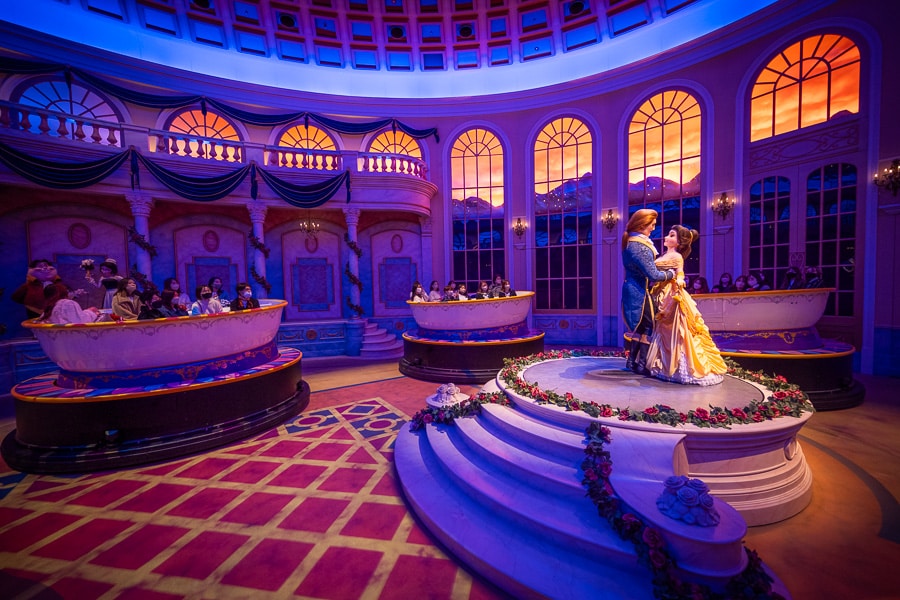
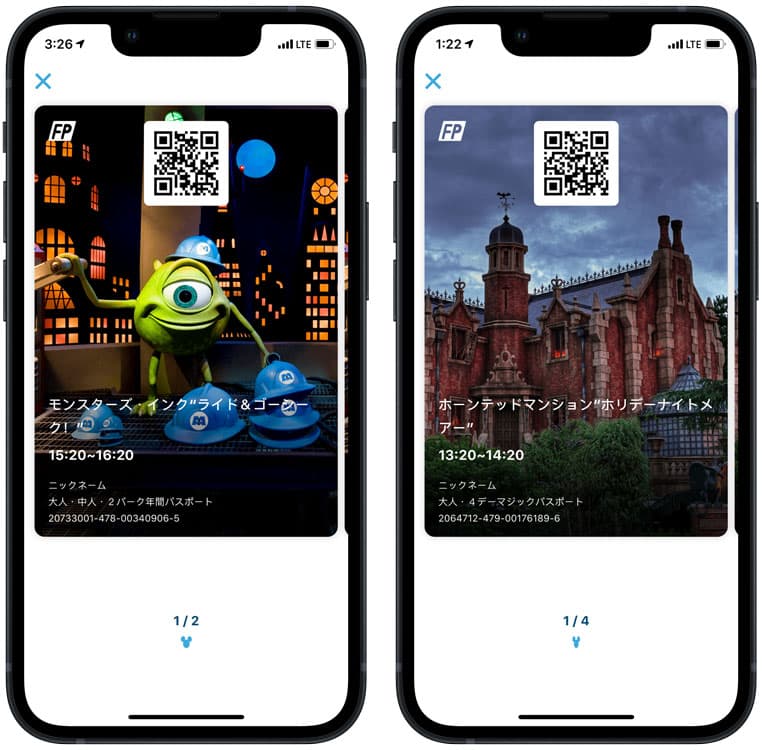
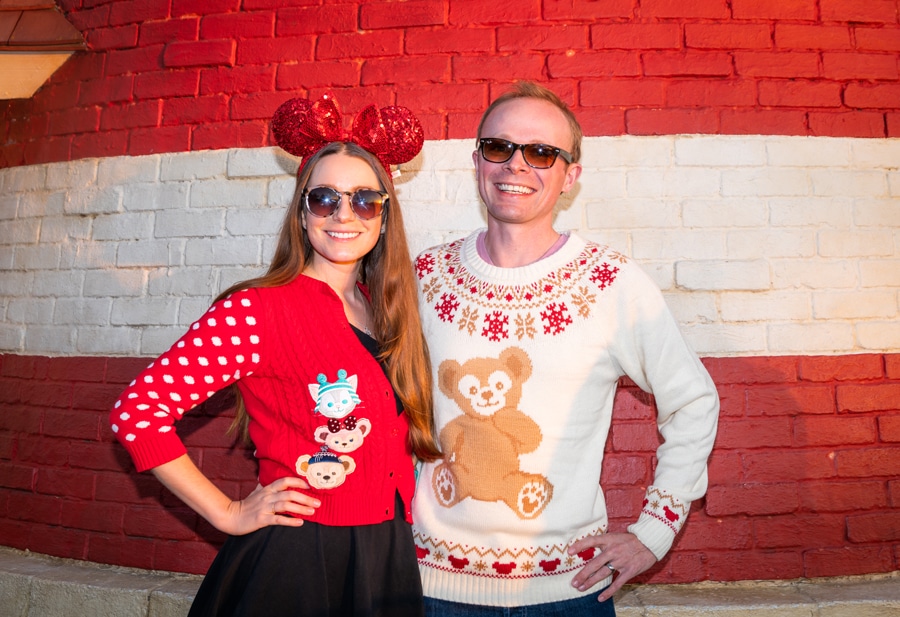
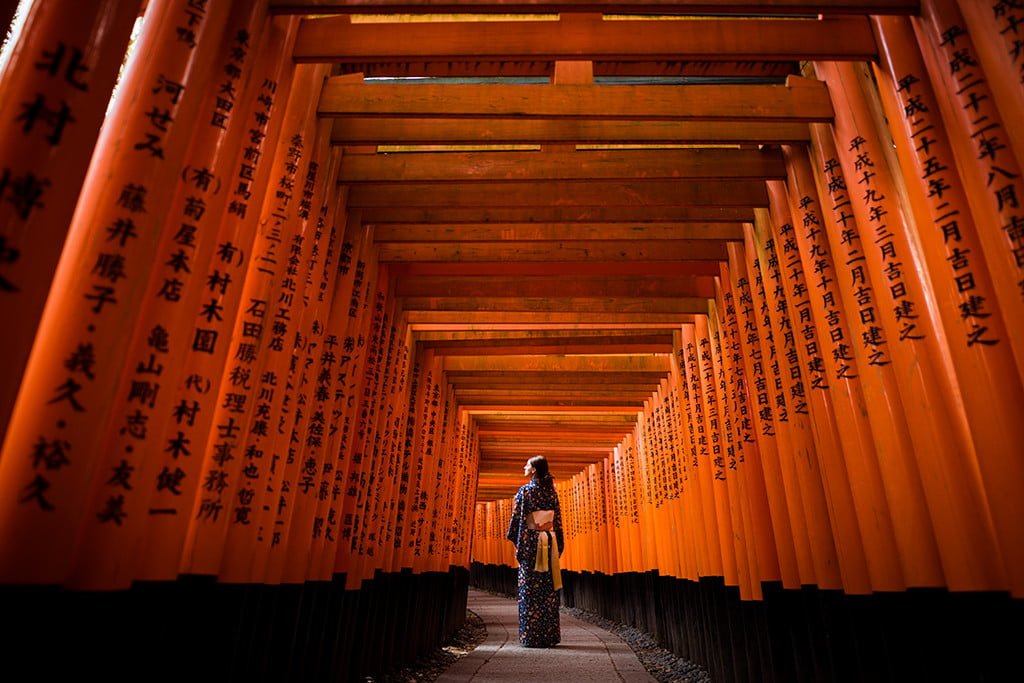
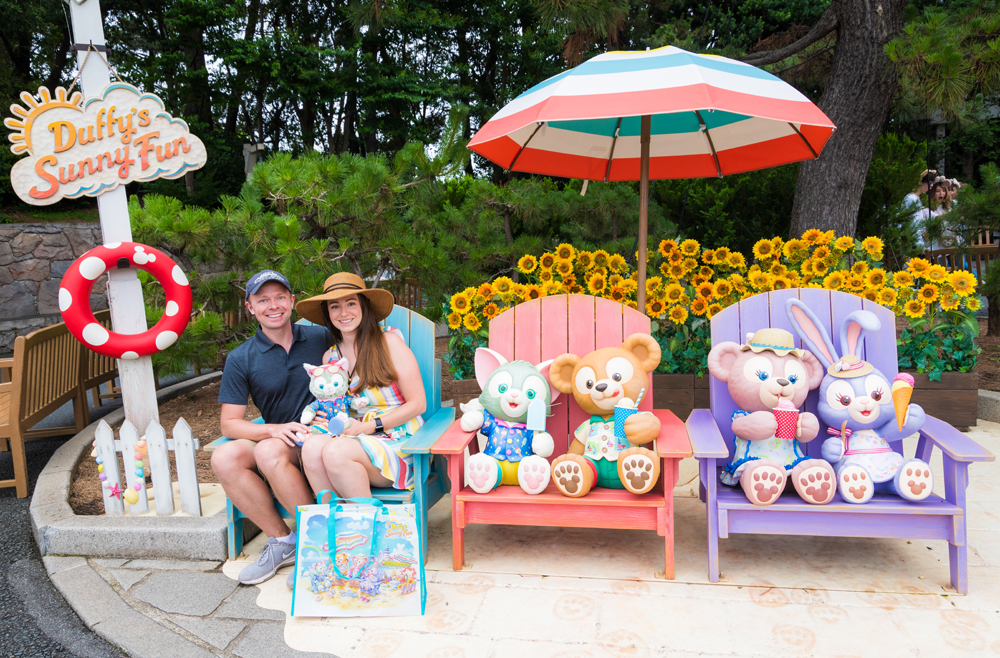
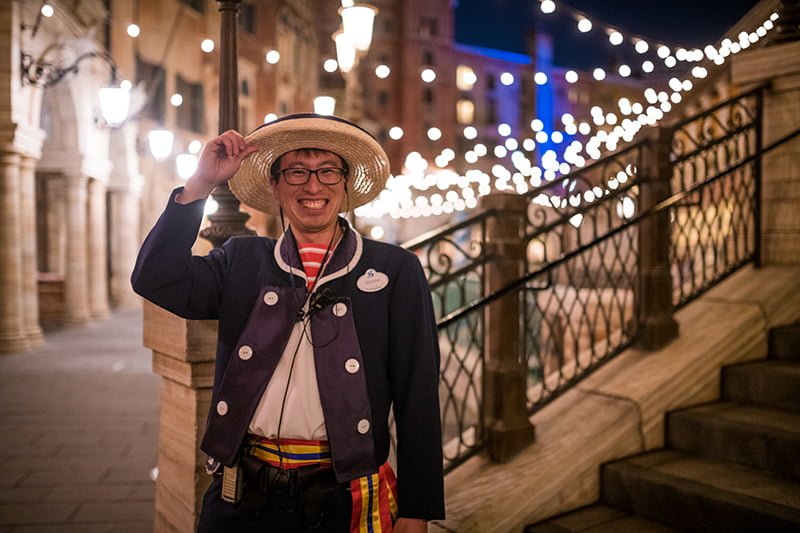
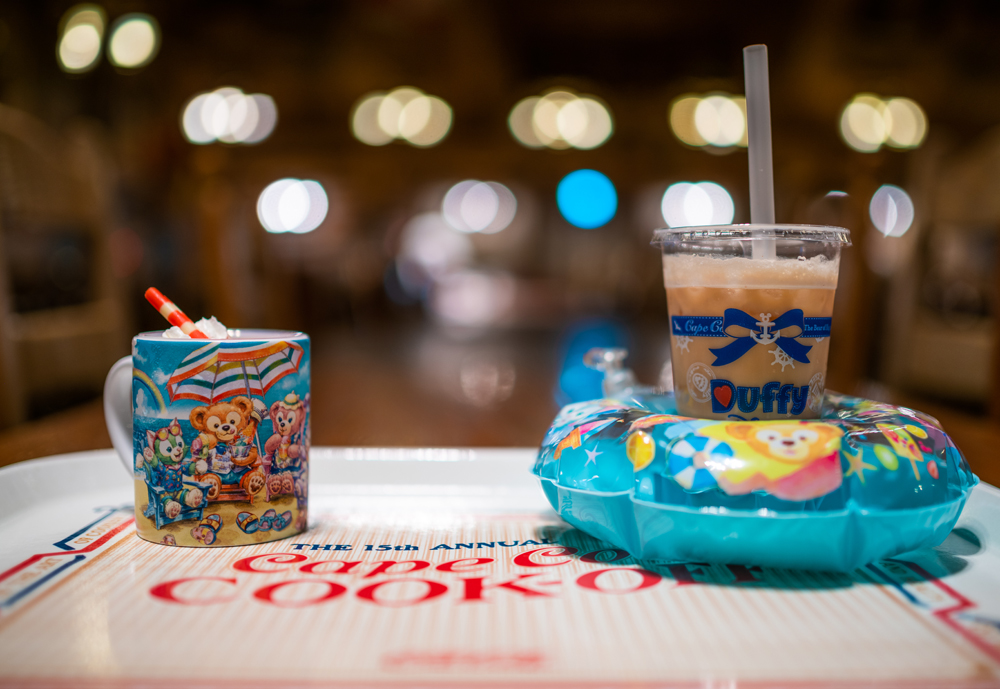
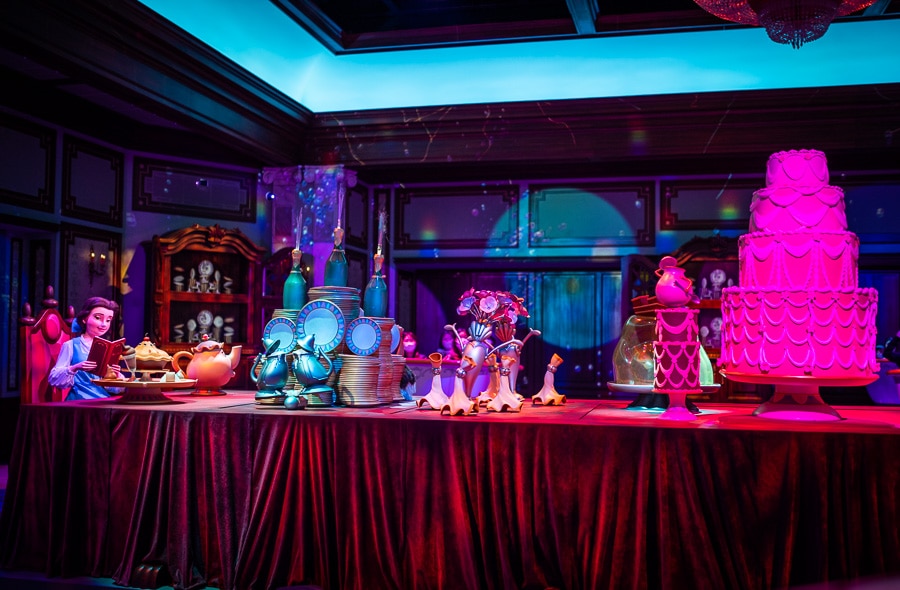
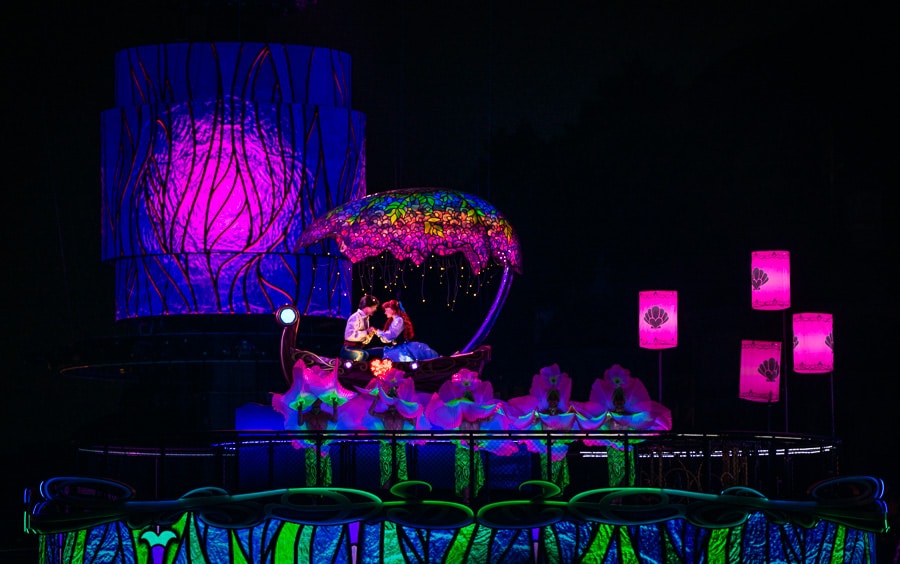
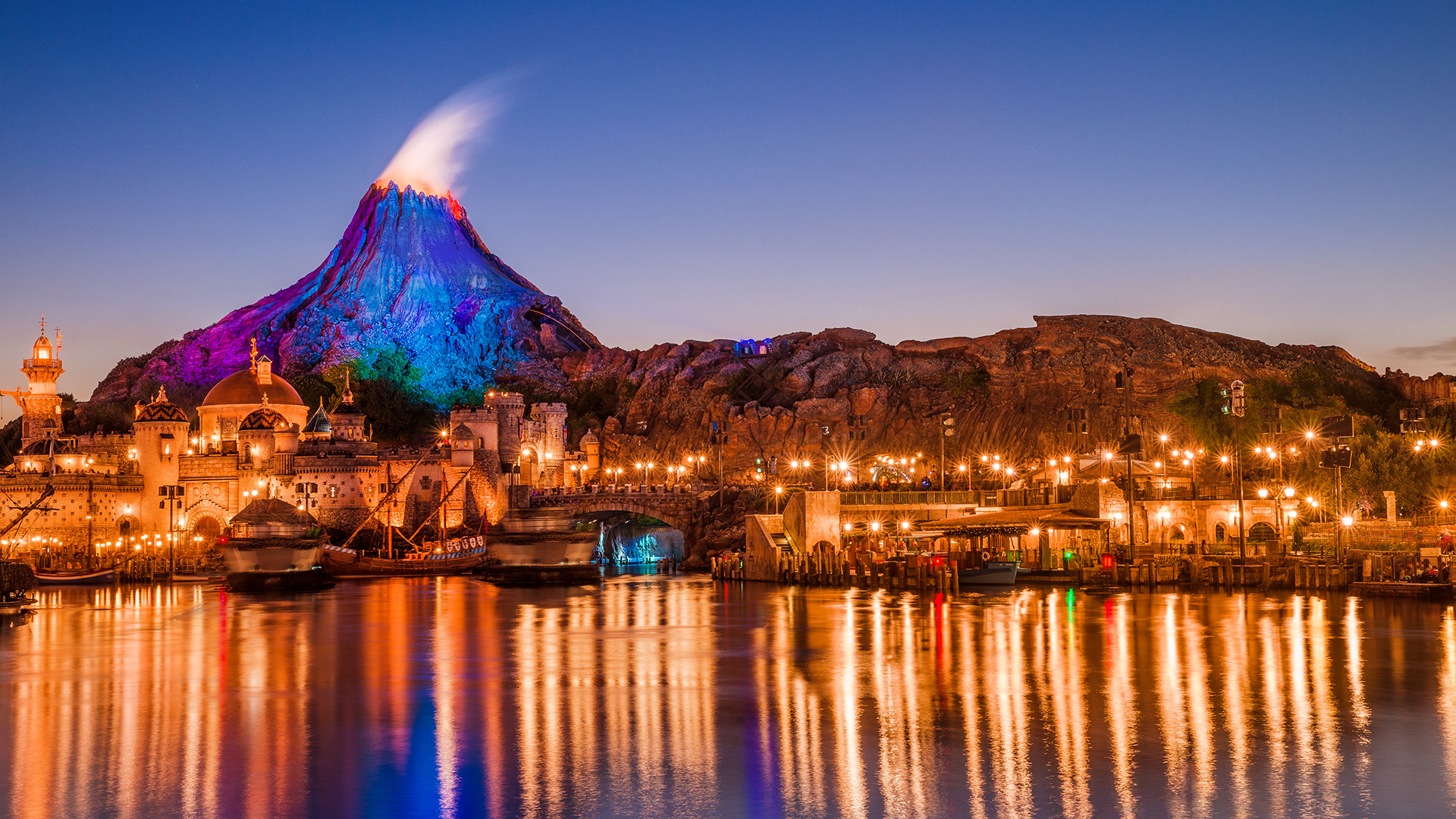
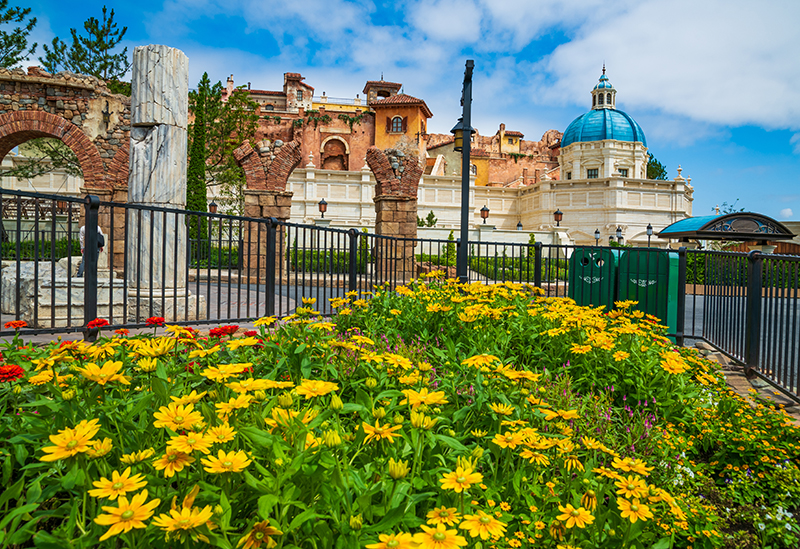
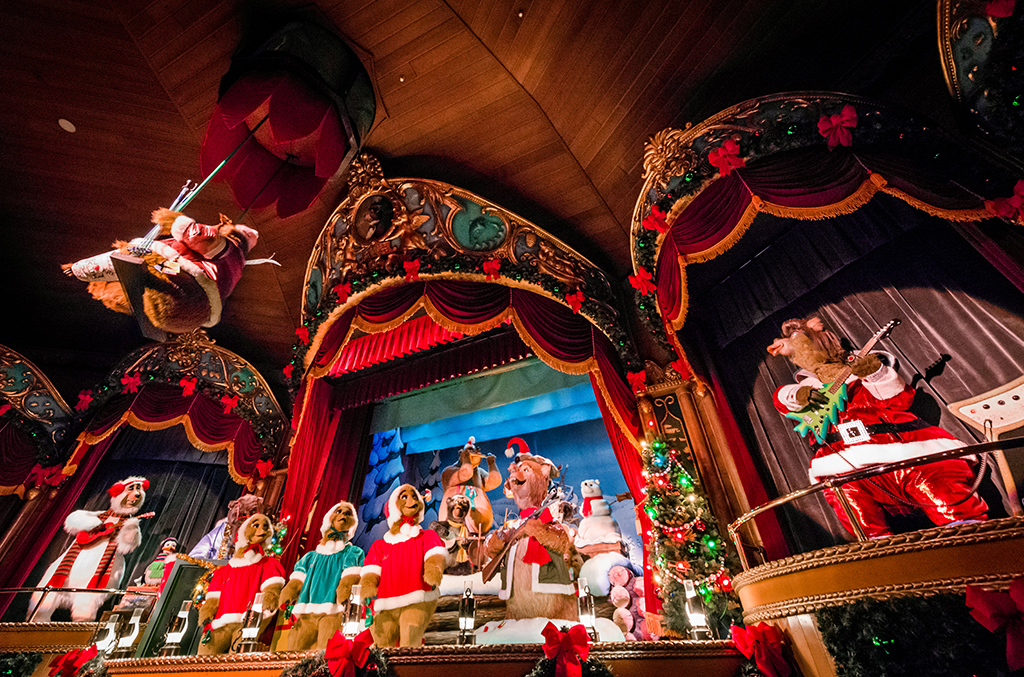
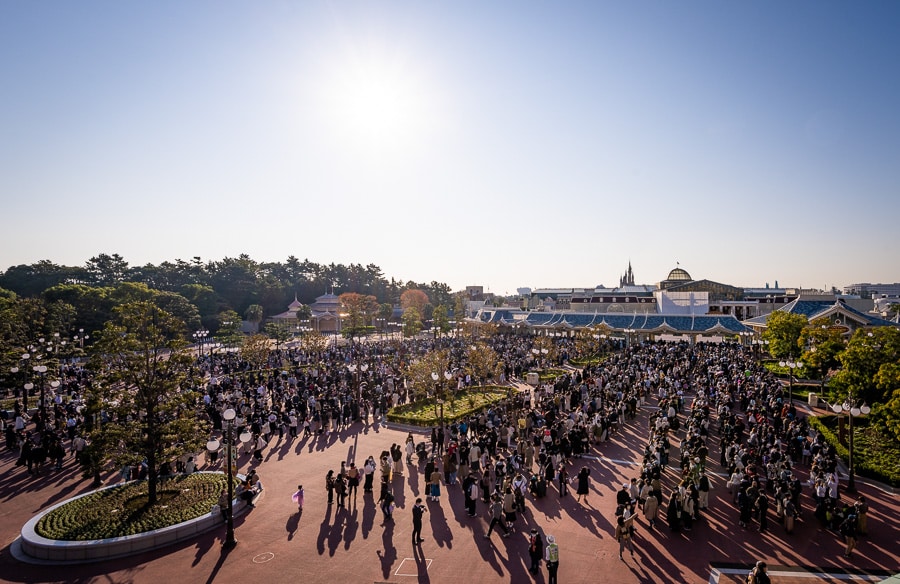
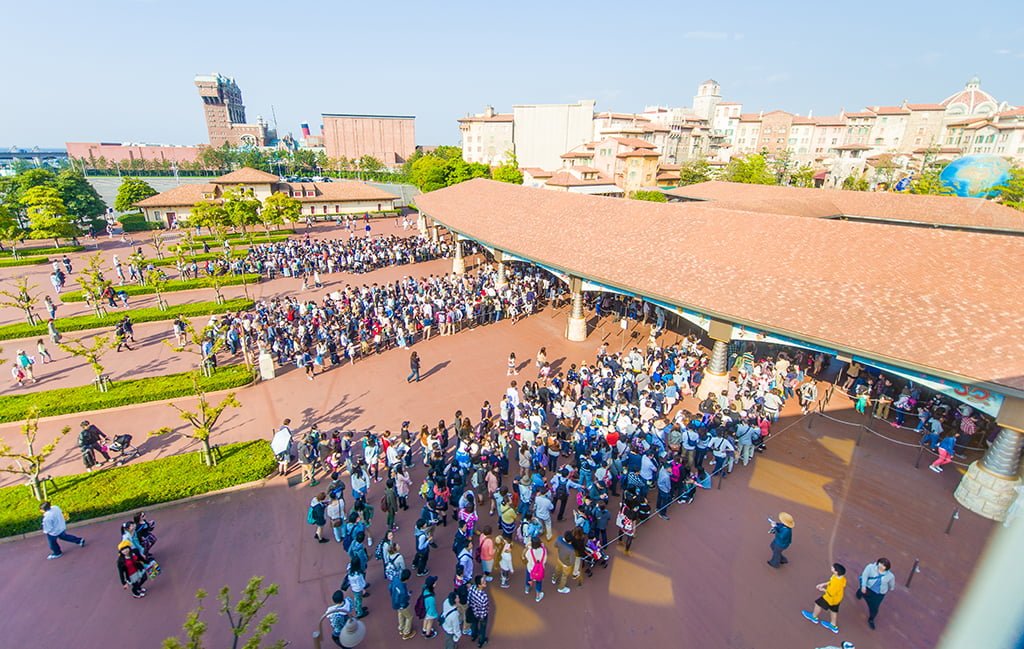
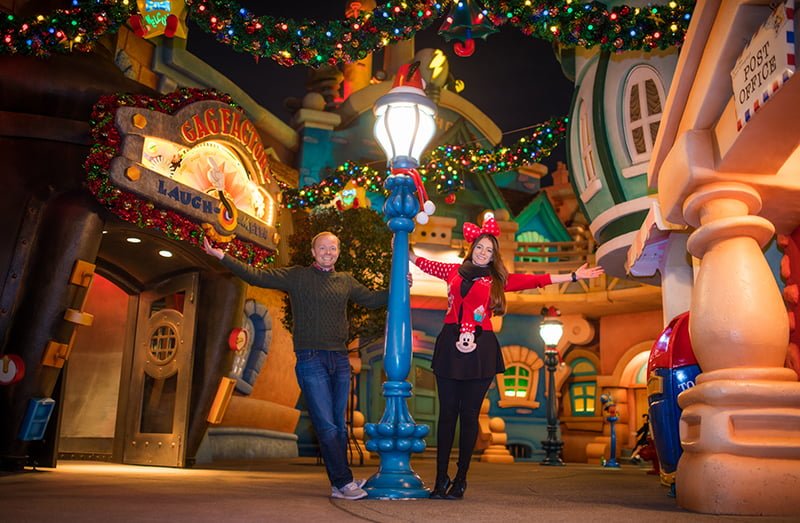
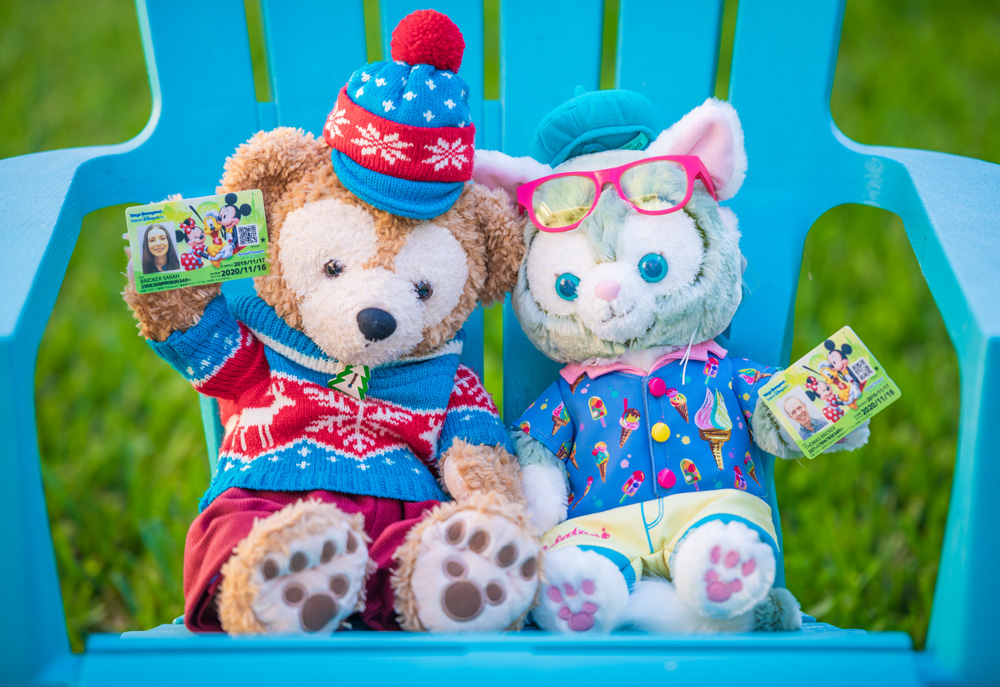
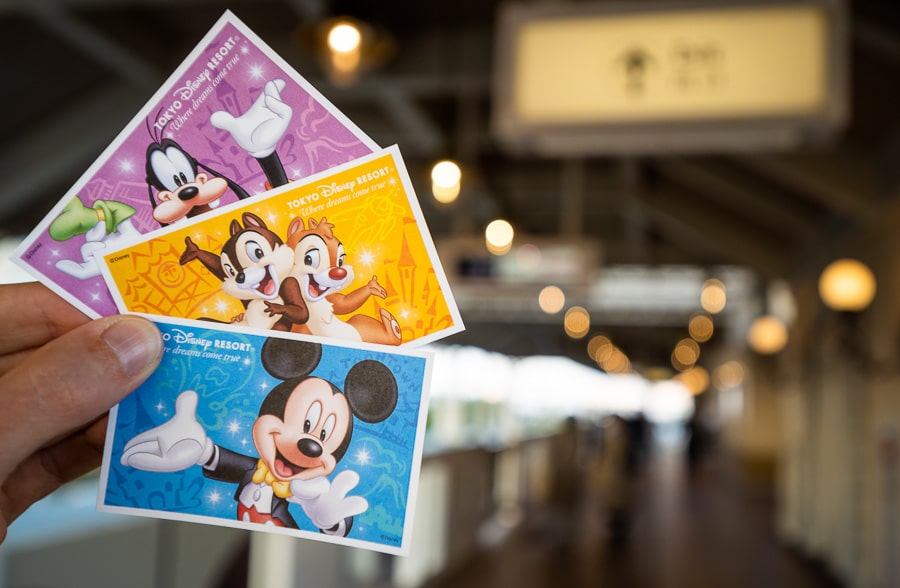
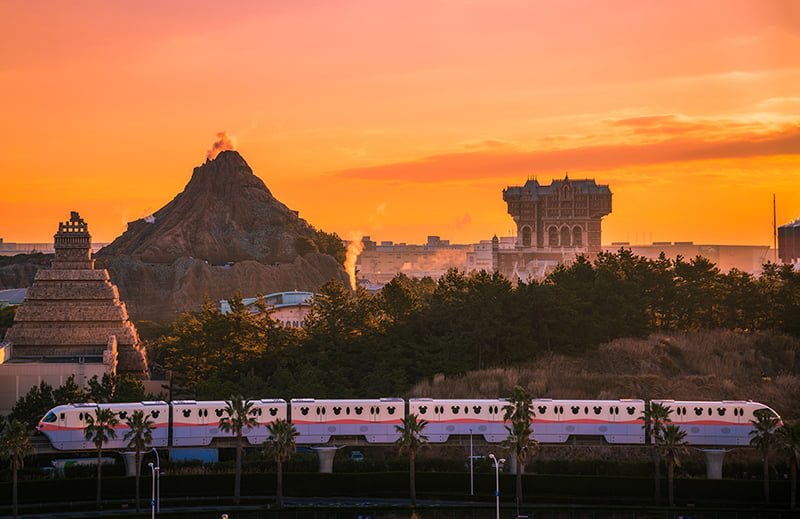
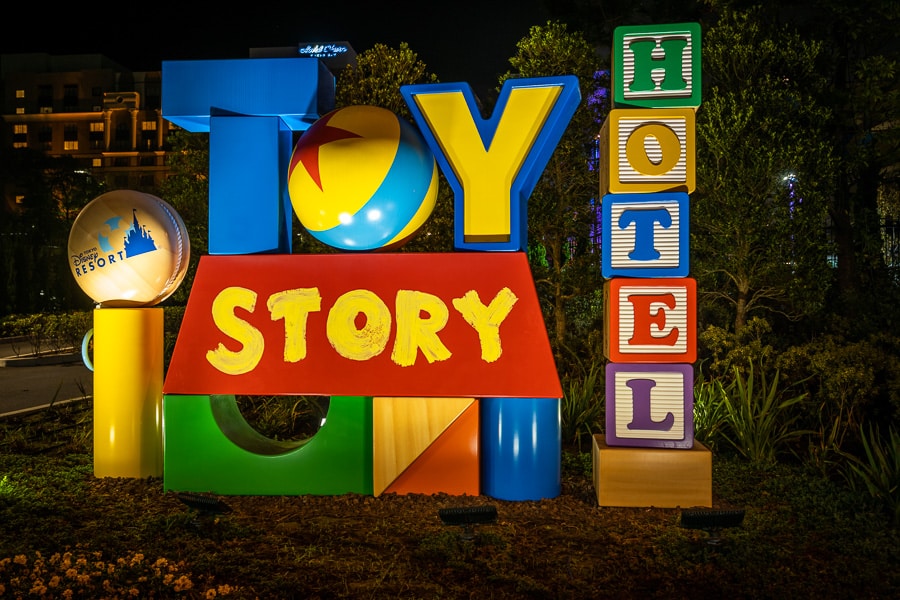
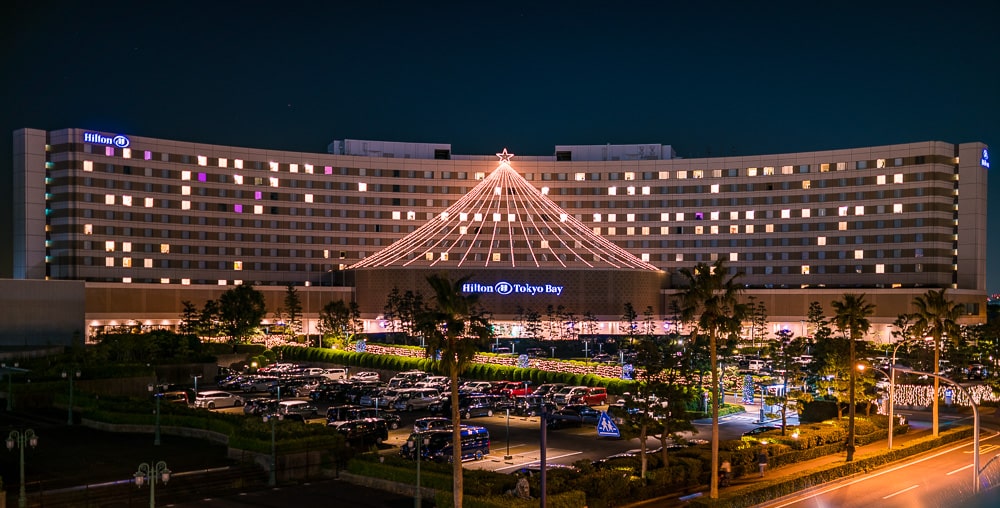
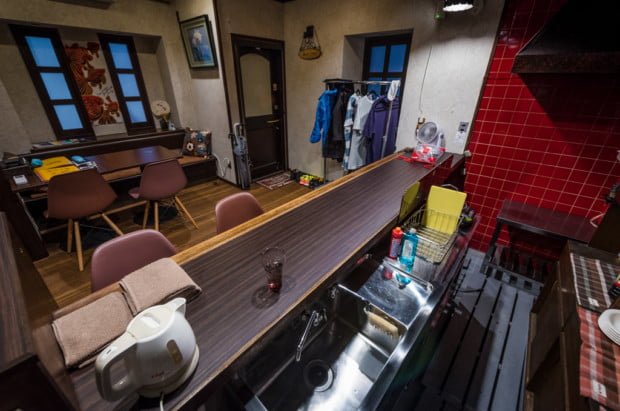
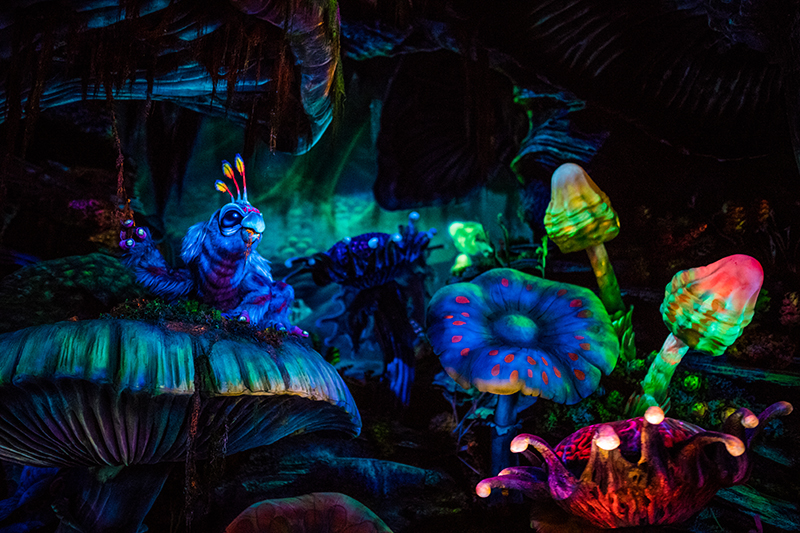
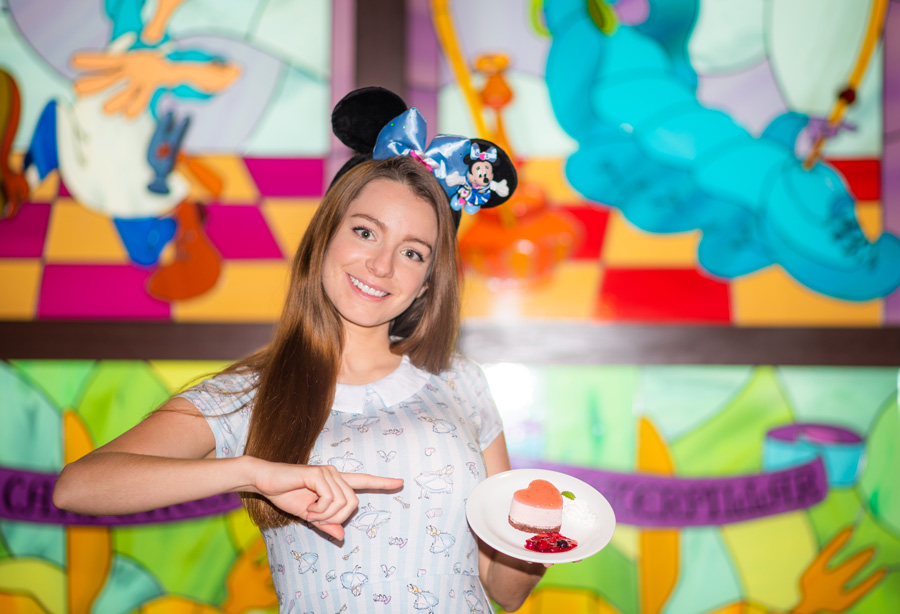
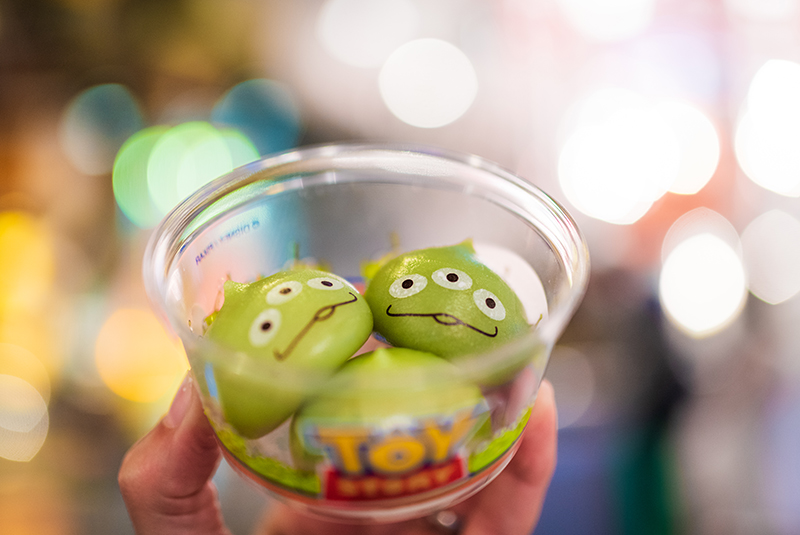
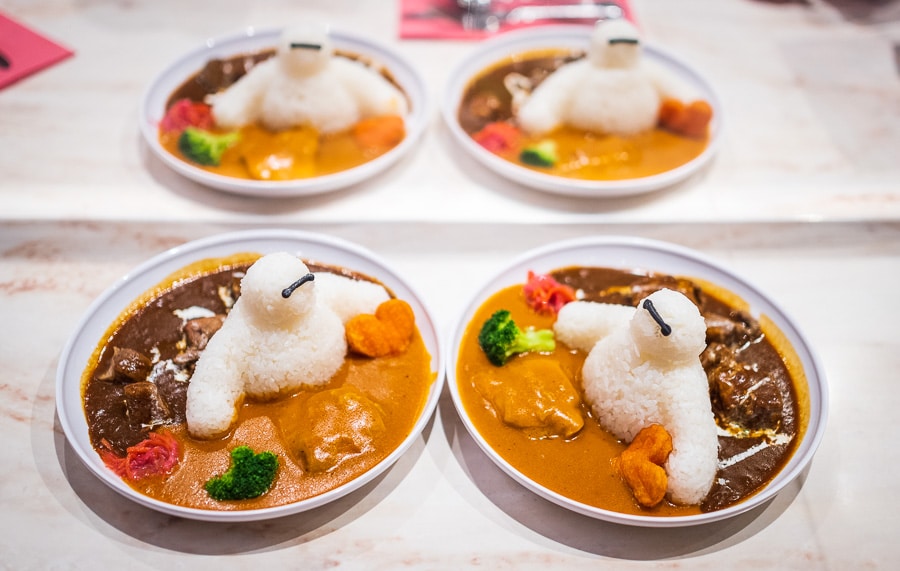
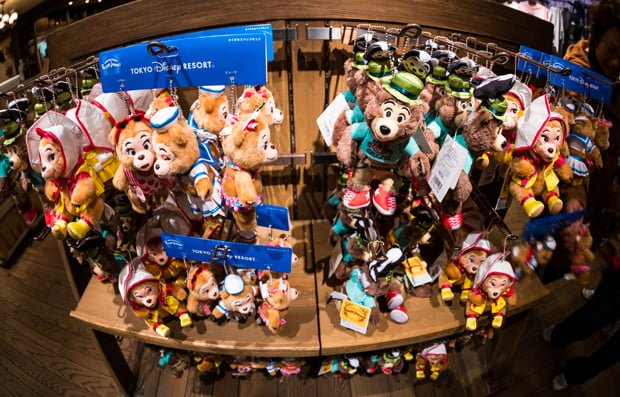
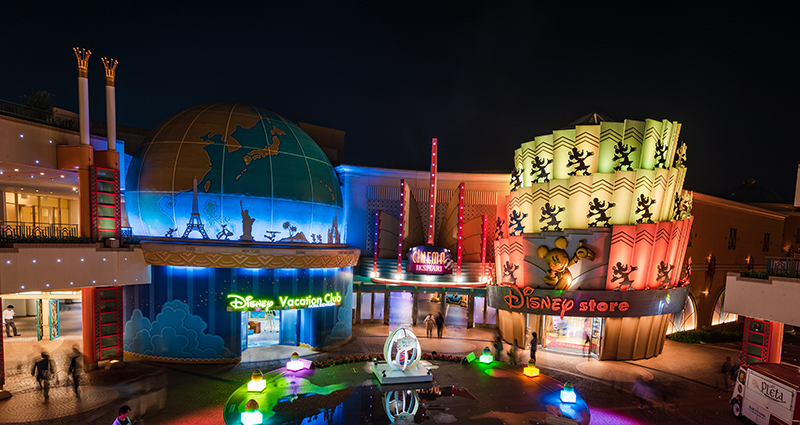
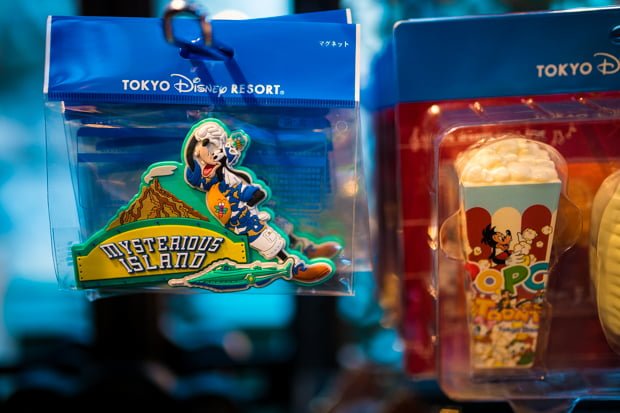
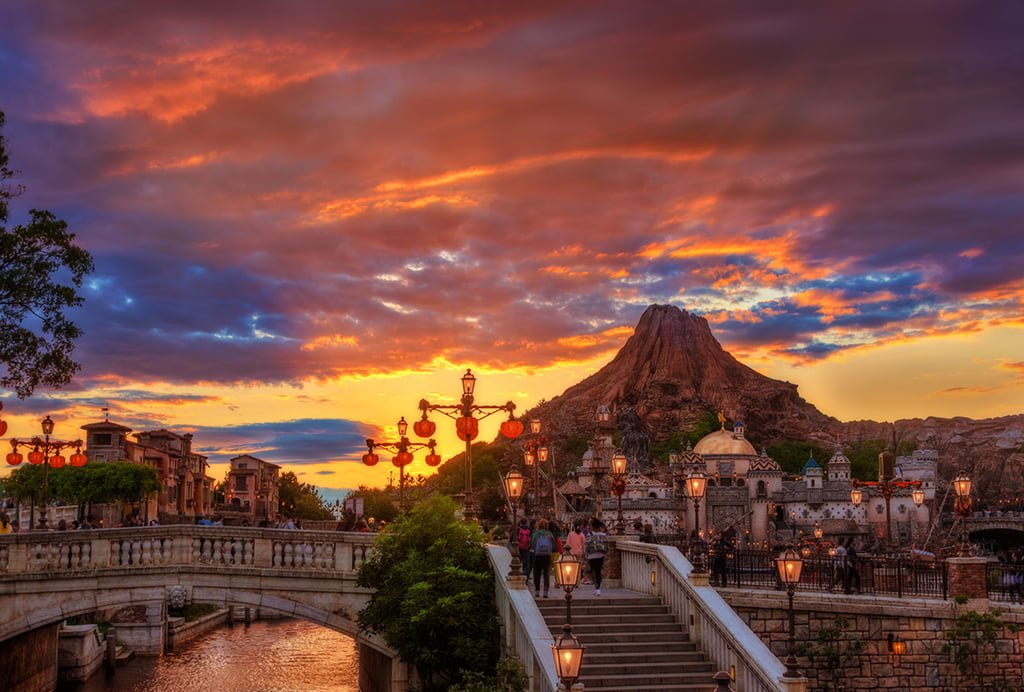
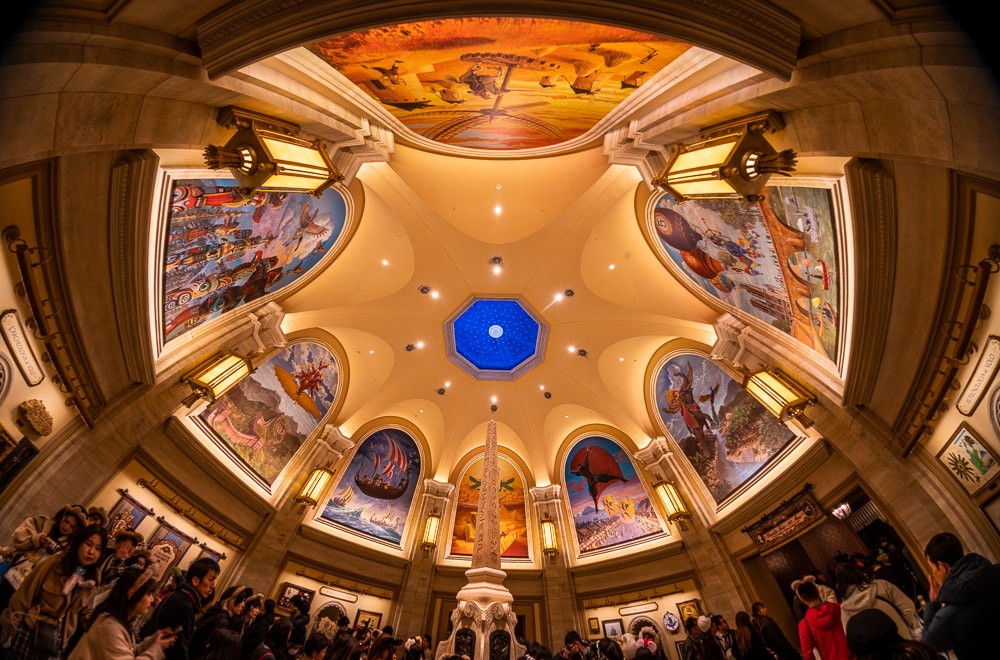
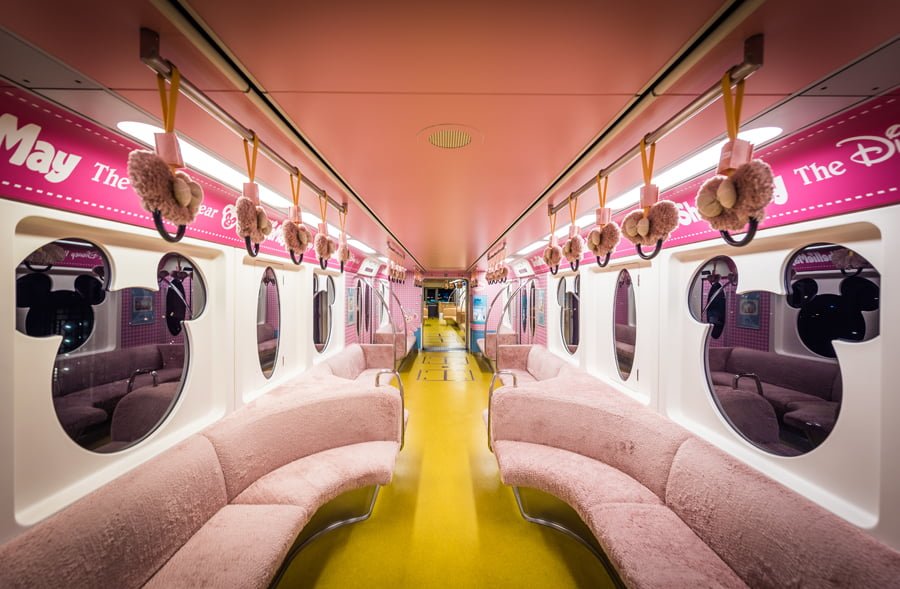
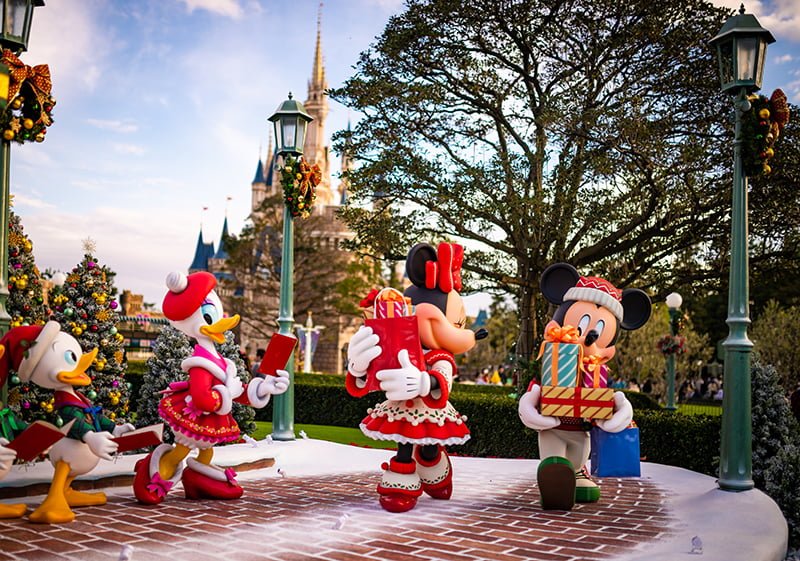
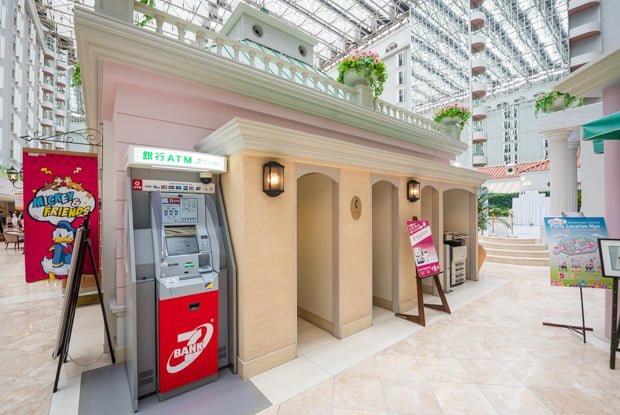
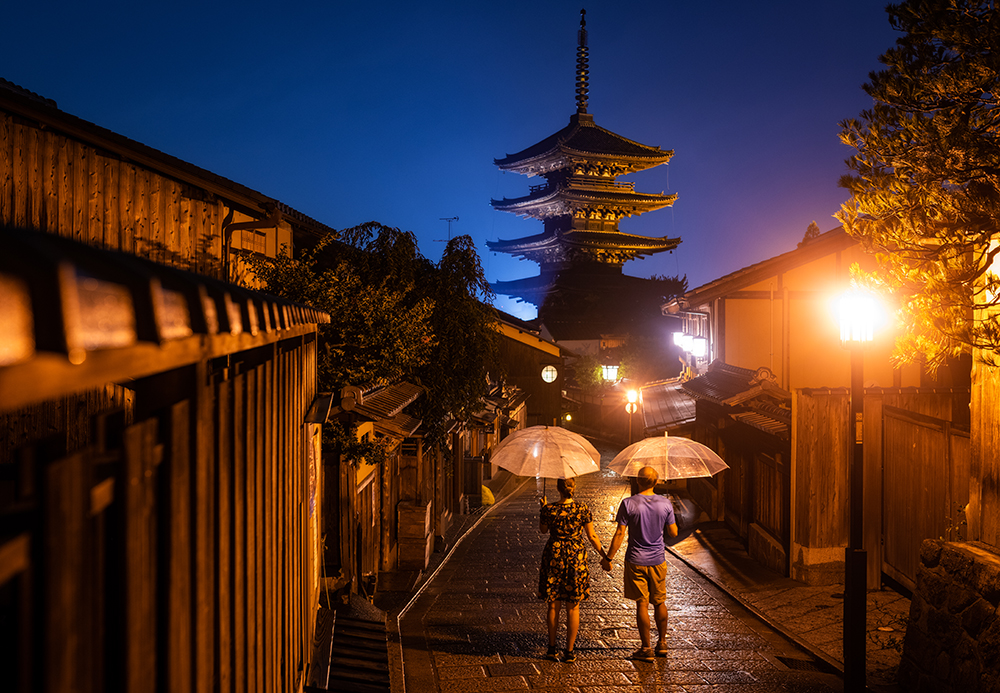
When you stay for 4 days, do you generally stay in a Disney Hotel, and if so, do you ever buy the package? They are only for 2 nights and 3 day tickets max, and if I’d like to stay in a Disney Hotel for longer than that (4 nights, ideally), what are my best options?
Given that I’d like to arrive and check in to a disney hotel on night 1, and then enter the park the NEXT morning, have I already given up my first Early Entrance the day before?
Hello Tom
My daughter has a severe peanut and tree nut allergy which requires us to review the ingredients list when eating anything in the parks.
Through watching some videos on YouTube, it looks like the menu’s are written in Japanese and English, but do you know if the ingredients lists are also available in English? With as often as you’ve visited, I’m hoping you might have some insight on this.
Thank you
We had such a great time! We went at the first of October. We used your guide for hope to navigate the park some. It was just my husband and I and we were celebrating our 40th wedding anniversary. We thought it was awesome it was Disneys 40th also. Doing Beauty and the beast was solid advice. We waited 30 minutes. When we left the ride it was. 2.5 hour wait. We understood going that there were going to be a lot of people. We just enjoyed ourselves so much and didn’t let the lines bother us. So many details in each ride. They do a good job of moving the lines so you’re not just standing. We will be going back at some point. Thank you so much for your tips and tricks it was very helpful..
We visited in August 2023 and, regarding masks, I would offer the following observation:
-At Disney, I’d guess less than 10% of guests were wearing masks. Cast was probably 70%.
-Outside of Disney, and in general across Tokyo, I’d guess 20% of people were wearing masks.
I felt the parks were 80-90% “back to normal” in terms of food, entertainment, and attractions. This was compared to my pre-pandemic visit.
It’s absolutely still worth a visit, especially with the current exchange rate. Hands down the best Disney resort on the planet in every imaginable way. Tokyo Disney Resort will RUIN you for all other Disney resorts.
This needs to edited, there are no tickets sold on-site anymore and haven’t been since the pandemic. That advice could ruin someone’s vacation.
The tickets pictured in that section of the guide were purchased at the front gate of Tokyo Disneyland last November.
At the time, that was our best option because Klook was sold out and the TDR site was not accepting US issued credit cards. I’m not really sure how I should edit that section–it gives people an overview of options with the top recommendation being to buy in advance online.
@Tom, did you stay at a hotel? My guess is that’s how you bought them on-site. Tickets are available for hotel guests, but unless I totally missed something there are still no ticket booths open to the public at the parks. There are a variety of other ways to purchase tickets: The official site, Klook, travel agents, Japanese convenience stores, I think some Disney stores might also have ways to purchase them again.
We did stay in Hilton Tokyo Bay, but they only had single day tickets available for purchase–not evening passes. We bought those on the afternoon-of at the east ticket booth. You are correct that the machines aren’t selling tickets right now, but the window is also staffed and we bought our tickets via a Cast Member at that.
Hey Tom and Sarah congrats on the big news. What time do you think my parents need to arrive at Disney Sea by on a midweek evening in order to ride Soaring, Sinbad, and Indy in that order with time left over to ride 1 or 2 of Aquatopia, Gondolas, E-train or Transit Ferry? Do you think 4-5pm? Will there be premier access available at that later time to shorten the Soaring wait time? Also being that they are in their late 70s do you think Journey is any harder on the body than Indy if they were able to potentially incorporate that ride too? Thanks and best wishes.
I just wanted to thank you for all this valuable information. You are the fist blog I have found that provides me with very useful and concrete information. Thank you so much! I’ll be reading all of them! We leave March 6th 2024 and not including fly time we will be doing 2 days in Tokyo, 2 in Kyoto (probably to your dismay lol), 2 in Osaka, 3 in Disney, then 2 more in Tokyo. I would have ended with Disney but we would have to do the parks on a weekend then which I know wouldn’t be as good.
I am looking to rent a car when I arrive in Narita at 230pm, drive out to explore Hakone for 2 days, and return the car at Tokyo Disneyland. Do you know which car rental companies have desks at both areas?
Hi there, we are heading to Tokyo in late September with two kids under 6, our flight lands at Haneda around 10. 30pm. I am tossing between whether we should head straight to a hotel in central Tokyo or start our trip in Disneyland.
we have 12 full days between Tokyo, Koyoto and Osaka (return flight from Osaka)
Would you consider doing Disneyland and Disneysea at the beginning of the trip, or after a couple of days in Tokyo?
I would recommend not starting in Tokyo Disneyland. You’ll be tired and a bit jetlagged after the flight and I think it’s harder to deal with that in Disney than outside of it. We flew in and out of Tokyo, so put Kyoto in the middle and TDL at the end and that worked really well for us (as much as we loved everything else, TDL was still the highlight of the trip for us so ending on that note was good). It also allowed us to use our JR pass around Tokyo and for the Shinkansen both ways. That said, flying from Osaka, I’d put it TDL in the the middle
Any recommendations on the weekday evening tickets? Will we miss out anything that’s only available during the day?
Is there VIP tours available for Disneyland Tokyo or DisneySea?
Thanks!
Hi we have 2 and a half days to spend at the disney resorts in Tokyo. We will be staying onsite and have visited WDW and Disneyland numerous times. My kids are 13 & 15. Do you recommend the extra half day to be spent at Disney sea? We will be doing on day at each park and will be buying a package with some attraction tickets to reduce the wait. We are semi Disney fanatics.. LOL.
You are so Awesome! Thank you for this most valuable guide. I did have a question about traveling with a mobility scooter, being “Pooh Size”, senior, and solo. Is transportation available?